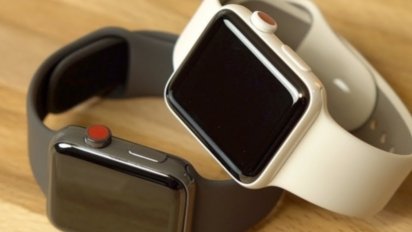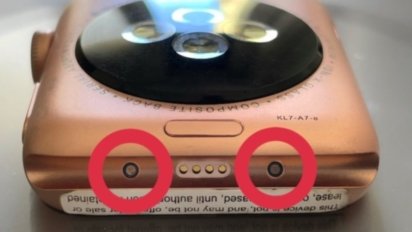Apple Watch Series 3
Launched in September 2017, the Apple Watch Series 3 keeps the classic design of earlier models but packs in quite a few new features. Alongside improvements, including the faster S3 processor and W2 wireless chip, was a cellular variant for the first time. Today, Apple sells it only in a GPS variant.
● Dual-core S3 processor
● W2 wireless chip
● First model with cellular - GPS-only today
● Find great Apple Watch deals
● Discounted prices start at $199
Page last updated:
Get Apple News Directly in Your Inbox
Apple revealed the third generation of the Apple Watch line during Apple's September 2017 event. The Apple Watch Series 3 improved upon its predecessors with upgraded components and a model with a cellular connection.
The Apple Watch Series 3 is still for sale in 2022, nearly 5 years after its release. Apple kept the device around for a low-priced entry point for consumers. Even when the Apple Watch SE was revealed, Apple didn't stop selling the aging Series 3.
Rumors suggest the "Apple Watch Series 8" lineup could finally bump the Series 3 out of the market. Although, Apple will still provide watchOS updates to the Series 3 for at least a few more years for customers who may have purchased their watch recently.
Apple Watch Series 3 Features
External design
From the outside, this Apple Watch has the same familiar design as the Apple Watch Series 2, with a square OLED Retina display, protected by sapphire crystal in the stainless steel and ceramic models, and Ion-X glass for the aluminum versions. Available in two sizes, the 38-millimeter model has a resolution of 272 x 340 pixels, while the 42-millimeter has a 312 x 390-pixel display. Both are capable of 1,000 nits of brightness.
The Side button and Digital Crown are on the device's right, which is used alongside display taps, swipes, and gestures to navigate watchOS menus. The Digital Crown was one of the few elements to receive a visual change in this generation, with now-obsolete cellular models brandishing a red dot, denoting their added connectivity option.
To the rear is the heart rate sensor, a collection of LEDs and sensors that can detect blood flow in the user's wrist. It does this via a technology known as photoplethysmography. Apple increased the rear crystal's size, but only by 0.25 millimeters, making it a barely noticeable change to the vast majority of users.
The back casing for the Apple Watch was also offered in two different materials, depending on the model. The standard version without cellular connectivity has a “composite back,” while LTE-equipped models used a ceramic back cover.
General specifications
As is customary, Apple made changes to the internals of the Apple Watch, improving it in both performance and features compared to previous models.
Apple developed the S3 processor for the third-generation smartwatch, a dual-core chip that boasts a 70% performance increase over the S2. As well as providing quicker app launch times and smoother graphics compared to its predecessor, this addition also made it possible for Siri to speak back to the user, using the Apple Watch's built-in speaker.
Accompanying the S3 is the Apple-designed W2 wireless chip, making Wi-Fi connections 85% faster while at the same time making Bluetooth and Wi-Fi 50% more power-efficient.
Some models had an increase in storage capacity. The standard model has 8 gigabytes of storage, while the cellular version includes 16 gigabytes. Today, Apple only sells the 8GB GPS version.
The barometric altimeter was new to the 2017 release used to sense how high the Apple Watch is from sea level. The sensor is used in various ways for activities, such as elevation gain and counting the flights of stairs climbed.
The Apple Watch also includes a gyroscope, accelerometer, and ambient light sensor alongside its rear heart rate sensor. All models include 802.11n Wi-Fi support, as well as Bluetooth 4.2 connectivity.
The device is also water-resistant to 50 meters.
Cellular connectivity
Apple offered two types of Apple Watch in this 2017 model. The company gave the standard model the suffix “GPS” while labeling the cellular model “GPS + Cellular.” This second model has cellular radios, allowing it to connect to a mobile network independently. This allowed it to work without being tethered to a nearby iPhone.
It had a red dot on its Digital Crown, indicating cellular capabilities.
Apple later retired the cellular version of the Apple Watch Series 3, though the Apple Watch Series 6 and later includes cellular variants.
Using a full LTE and UMTS cellular radio, which the Apple Watch seamlessly switches to if an iPhone is out of range, the Apple Watch can communicate with various online services. These can include streaming audio services such as Apple Music, accessing Find My Friends, Messages, and third-party apps such as WeChat.
Apple Music streaming through the Apple Watch wasn't immediately available. Apple later introduced it as part of an update for watchOS 4.1 in October 2017. Streaming through the LTE connection does affect battery life, similar to how streaming while using the built-in GPS functionality can lower the usage time to just three hours.
You can assign the watch the same phone number and account as your paired iPhone. This allows text messages and calls to pass through to the Apple Watch even if far away from your iPhone. You can also receive and place calls using the Apple Watch's built-in speaker and microphone. However, it will also pair with AirPods for a more private conversation.
To add LTE connectivity without changing the design or size, Apple used a built-in eSIM. This design decision takes up one-hundredth of the space of a traditional SIM card, eliminating the need to add a SIM slot. The display also doubles as the antenna for the Apple Watch for cellular communications, rather than using a separate aerial component.
Due to the nature of how the Apple Watch Series 3 can connect to the phone network, it will only work through a limited number of carriers, a list Apple has published on its website. In the United States, the supported carriers include AT&T, Sprint, T-Mobile, and Verizon, with customers expected to pay $10 per month to add the device to their service plan.
watchOS 7
Apple announced the next major OS update for Apple Watch, watchOS 7, at WWDC 2020. The update launched in September 2020. Significant changes include handwashing timers, sleep tracking, and mobility metrics. Apple Watch Series 3 and newer can migrate to the update.
Building on top of the basic tracking offered in Bedtime, the sleep tracking system included in watchOS 7 provided more data about how a user sleeps. By tracking small movements using the built-in accelerometer, users could see how well they slept and keep track of their long-term sleep patterns.
New workout methods included dancing, core training, functional strength training, and cooldowns. The update also added support for Apple Fitness+, the company's new integrated workout streaming and tracking service.
Apple also made changes to watch faces. The new Chronograph Pro watch face adds a tachymeter, used to calculate speed based on the time to travel a fixed distance. Developers can also add more than one complication per app to a single watch face.
Watch-face sharing was another significant change, allowing users to share their creations with others via messages, URLs, or a long press of the Apple Watch's face. Apple also curates Apple Watch face configurations.
The latest update includes handwashing tracking. When the Apple Watch detects the user is washing hands, such as by hearing running water, the display will show a 20-second timer to ensure they properly clean their hands. As with sleep tracking, the Health app will provide details of how often the user washes their hands and offers more tips on limiting the spread of disease.
Coinciding with updates made to Apple Maps on iOS, changes are also being made to reflect the Apple Watch experience, including turn-by-turn directions prioritizing cycle routes. This includes excluding routes with stairs and warnings about steep inclines.
Apple also improved how Siri performs on-device dictation. This helped with the accuracy of voice-to-text messaging.
Styles and Bands
Aside from the 38mm and 42mm sizes, there were initially many models of Apple Watch Series 3 and various bands. Today, Apple only sells the 2017 model in black and white variants with Sport Bands.
Initially, the standard color options for the aluminum case versions were Silver, Space Gray, and the new addition of Gold. Each also included a band. These included the original Sport Band or the Sport Loop, which you could easily tighten onto the wrist via a small loop.
The Stainless Steel cases included Silver and Space Black options. They could be paired with the Sport Band or a color-coordinated Milanese Loop.
The Nike+ models returned with this generation, complete with the branded Nike Sport Band and Nike Sport Loop variants, in various colors, aimed at athletic users.
The Apple Watch Nike+ also shipped with exclusive watch faces. Additionally, it could launch the Nike+ Run Club app by tapping the dedicated complication. Nike updated its Nike+ Run Club app on October 2 ahead of the Nike+ model launch, adding Audio Guided Runs, the "Cheers" social networking function, and an activity history feature.
The Apple Watch Hermes models gained more leather band options in this generation, including the Single Tour Rallye in perforated Gala calfskin, claimed to be inspired by the classic Hermes driving glove and the Single Tour Eperion d'Or based on an equestrian scarf pattern designed by Henri d'Origny. These models also included a new watch face, inspired by the Carrick Hermes watch designed by Henri d'Origny in 1993.
Another Hermes band launched in December 2017, with the Noir Swift Leather Tour Medor in the 38-millimeter format priced at $589 for the band alone.
The premium Apple Watch Edition models used ceramic cases. They were available in either black or white, with a matching Sport band.
New Sport Band options were released in the online Apple Store in December 2020. The new options, priced at $49 each, included dark teal, spicy orange, and a canary yellow "Flash" band.
Apple Watch Series 3 Teardown
The customary deconstruction by iFixit for the third generation of Apple Watch revealed that, while it was mainly similar to the Series 2, Apple made some improvements to the Series 3's internals.
The LTE model included a "whole new section" of RF chips, with ST Microelectronics believed in providing the components that make up the eSIM. Other chips, along with Apple's W2 wireless chip, came from Avago and Skyworks, among others, while the barometric altimeter has been moved to a new location next to the microphone.
Notably, the battery in the Series 3 is a 1.07 watt-hour unit. It provided an almost 4% increase over the 1.03 watt-hour battery in the Series 2. However, this still suggests Apple is relying on chip improvements elsewhere to compensate for the power demands of LTE communications.
iFixit gave it a 6 out of 10 repairability score. The majority of logic board repairs and the micro soldering of replacement component cables are out of reach for most users. However, it is theoretically possible to replace the screen and battery if the right tools and parts are available.
Emergency Calling
The ability to make phone calls on the LTE-equipped Apple Watch Series 3 made the now-defunct wearable's now-defunct cellular variant handy in an emergency. It was capable of requesting assistance with the Emergency SOS function. You trigger this by holding down the side button on the Watch for a prolonged period. After that, it eventually sends text messages to emergency contacts or places a call to emergency services.
In November 2020, a Reddit poster attempted to use the feature on an unactivated Watch running watchOS 4.1 but initially failed. Following an email from Apple Executive Relations explaining it can trigger the function without activation, a second test connected a call to 911 after three minutes.
One early example of the Apple Watch Emergency SOS feature working was the November 2020 story of kite surfer John Zilles, who crashed his hydrofoil in shark-infested waters a mile off the California coastline. Using the Apple Watch, Zilles called his son to send his number to the harbor patrol before calling himself. A patrol boat later rescued him.
The Emergency SOS feature also helped save one woman's life in late 2017, after a drunk driver rear-ended a car, causing it to fly into the air. Kacie Anderson, who triggered the alert with her Apple Watch after recovering from blacking out, was found to have a severe concussion, brain swelling, and bulging disks from the accident and is still recuperating from the injuries.
Apple Watch Series 3 Pricing
The Apple Watch Series 3 costs $199 for 38mm and $229 for 42mm. While it initially had a cellular variant, it is now only sold in GPS.
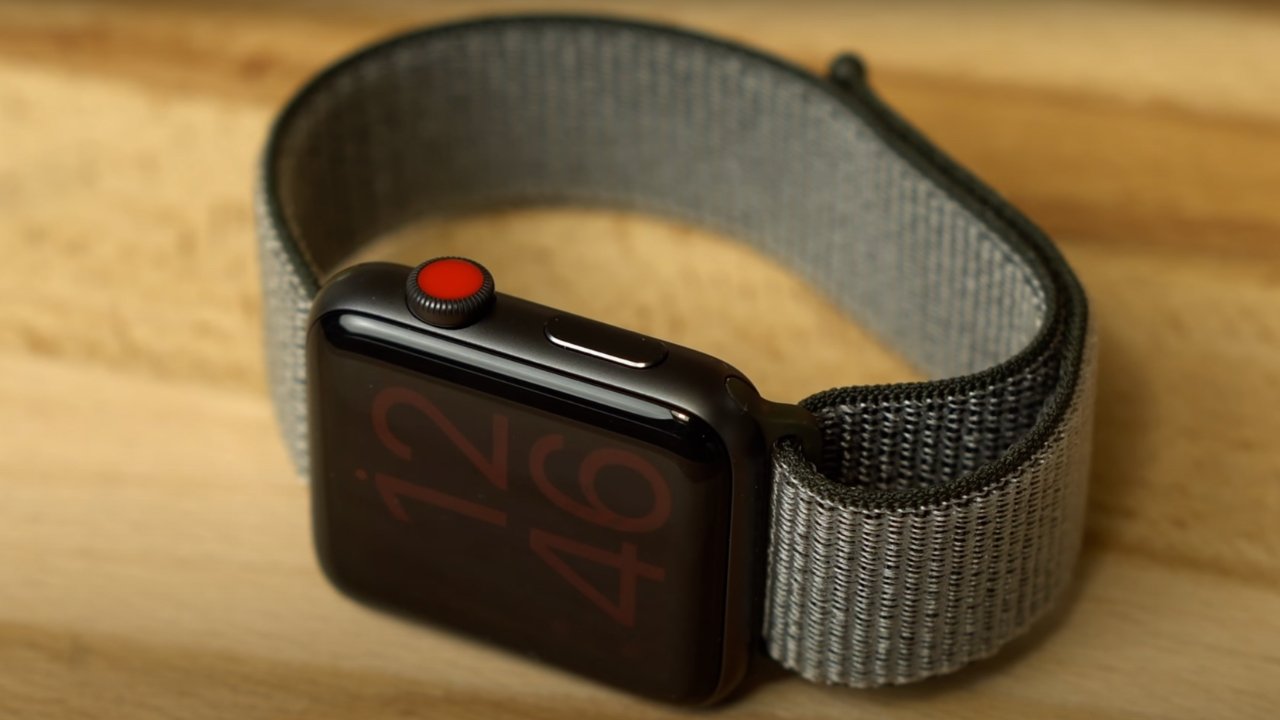
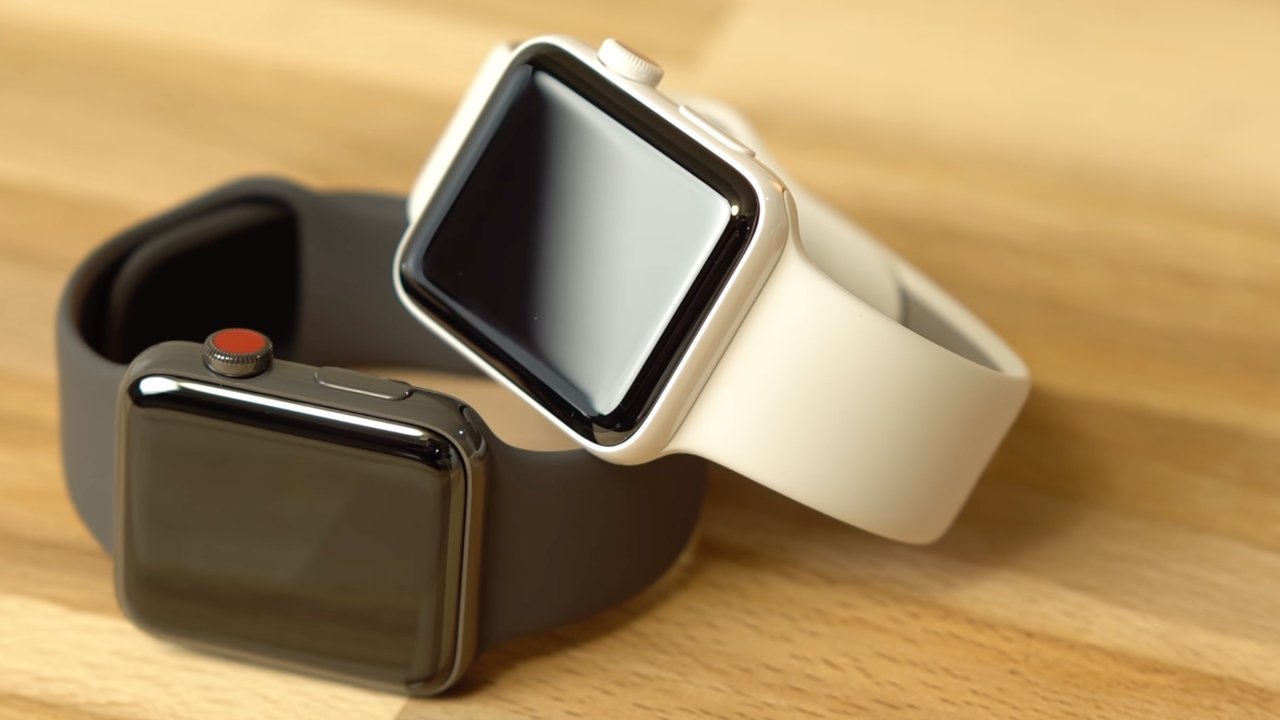
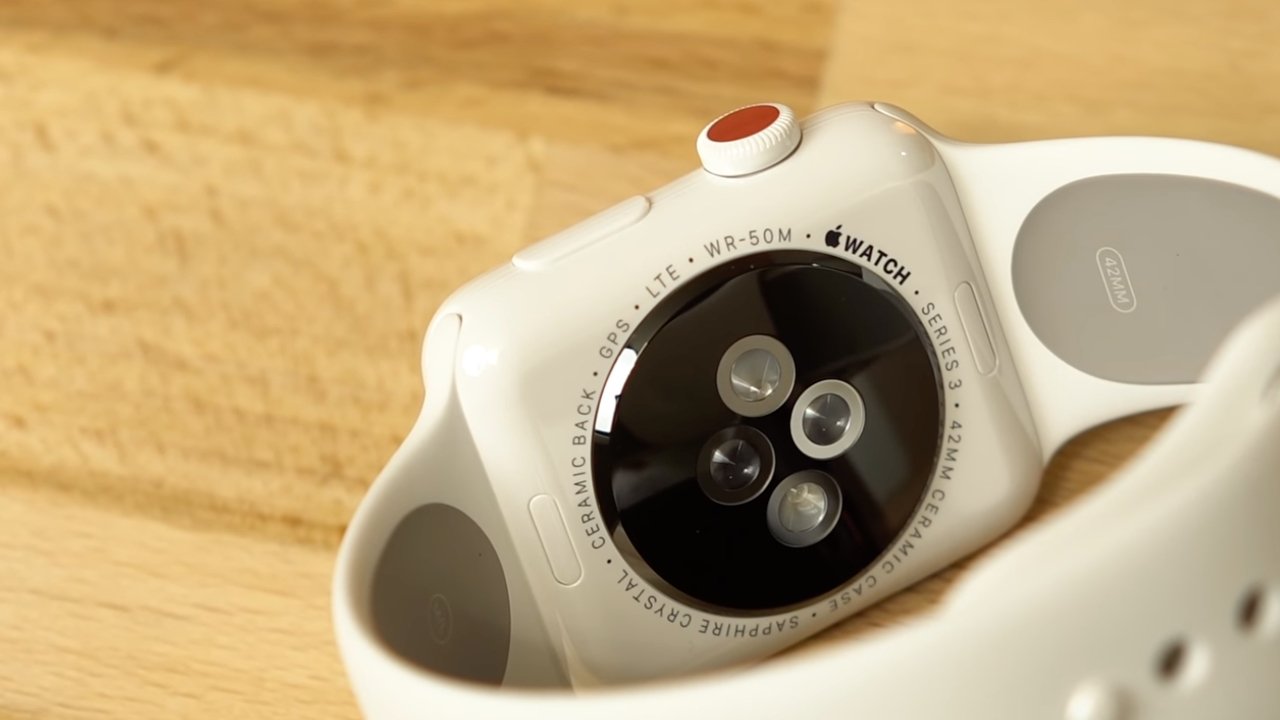
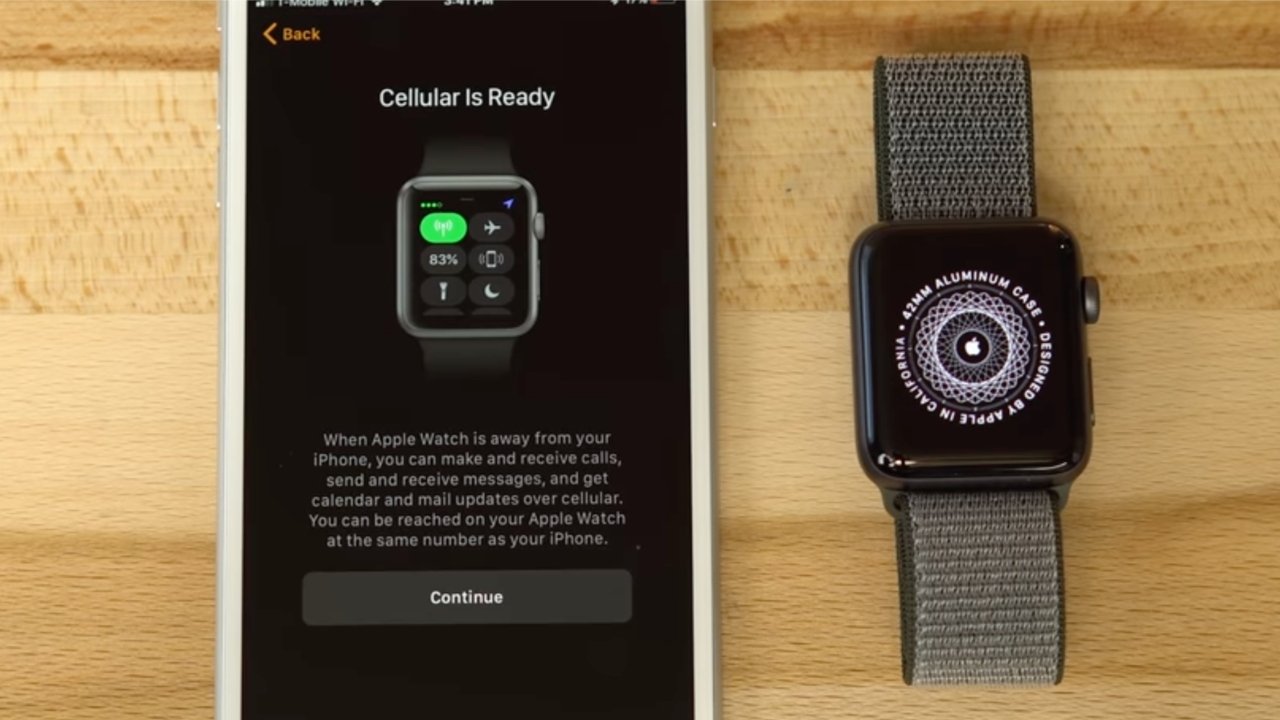
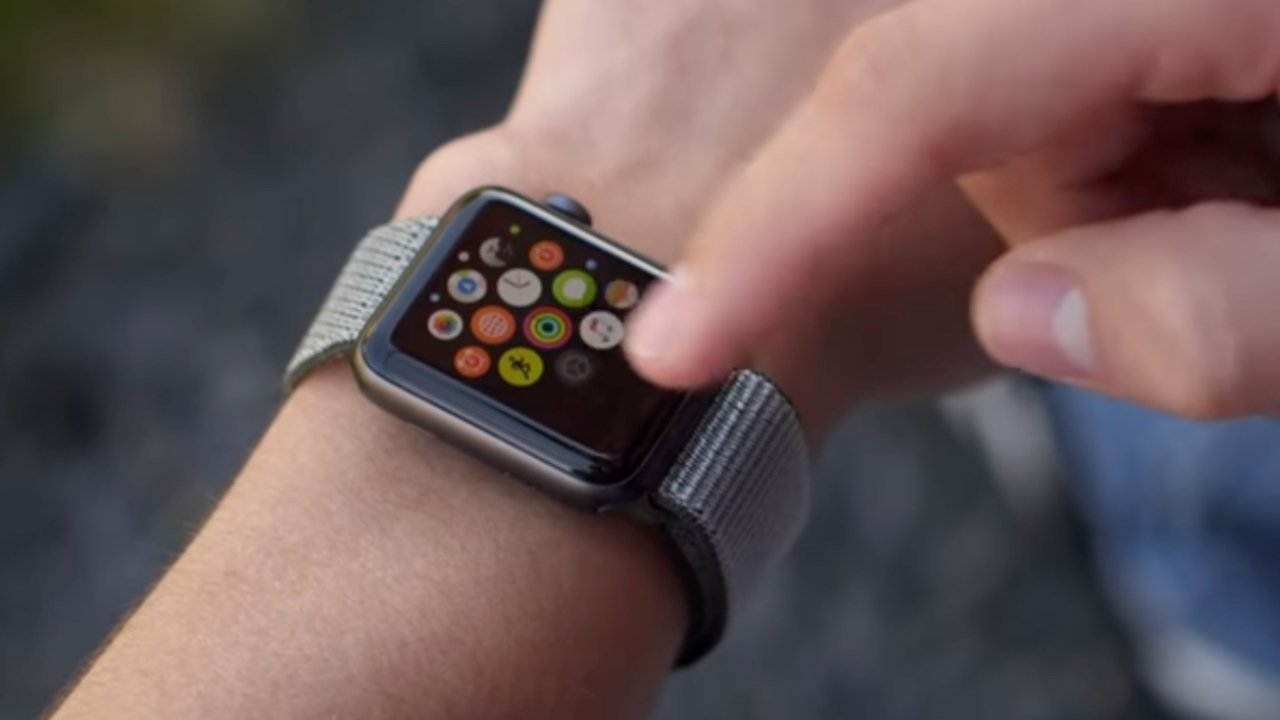
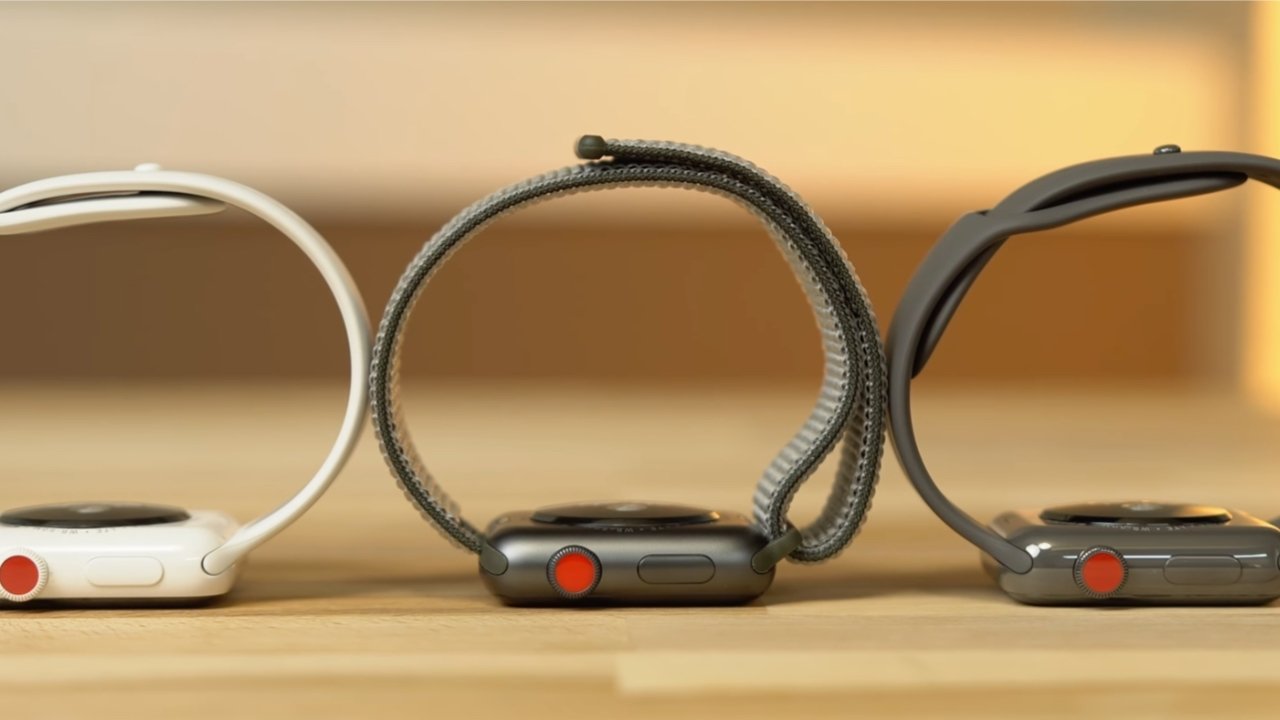
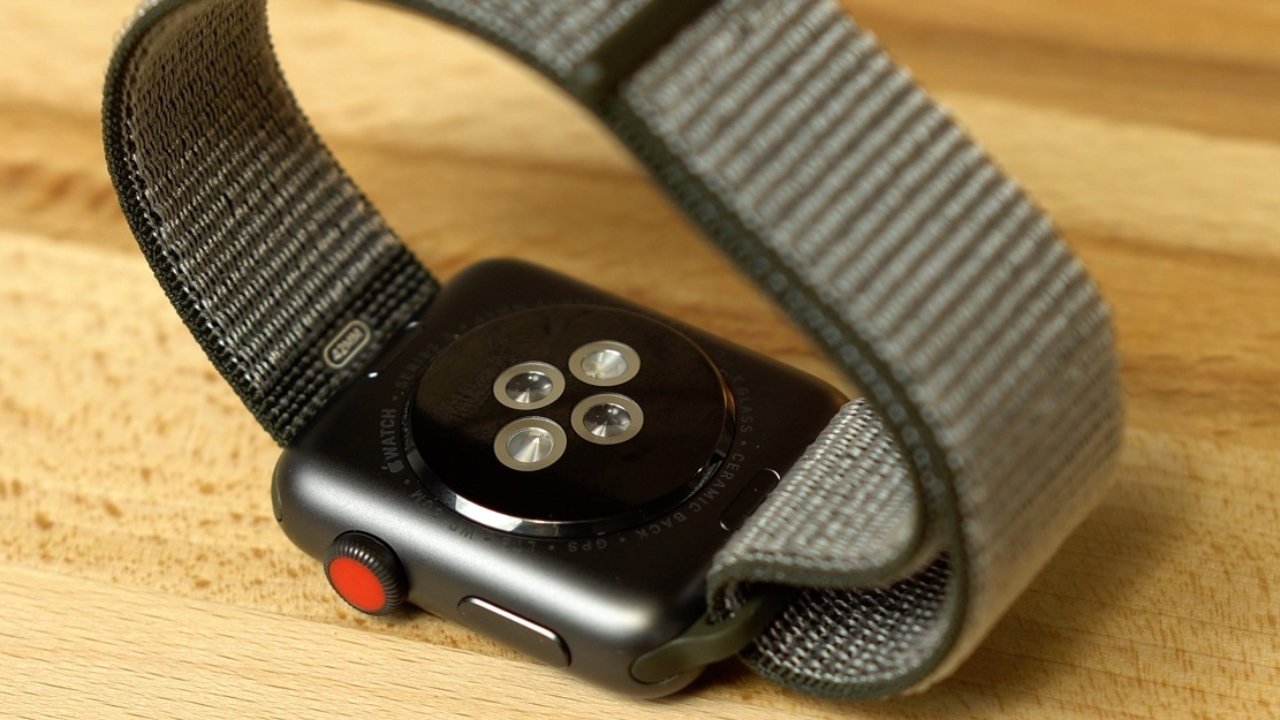


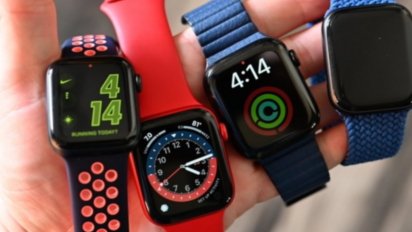
 Darryl Boxberger
Darryl Boxberger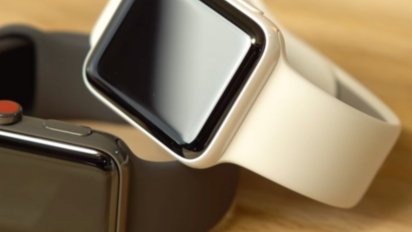
 Mike Peterson
Mike Peterson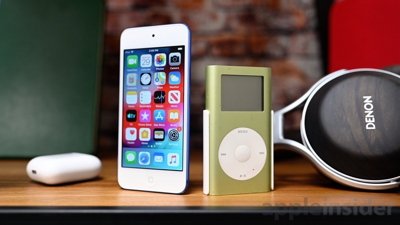
 Andrew O'Hara
Andrew O'Hara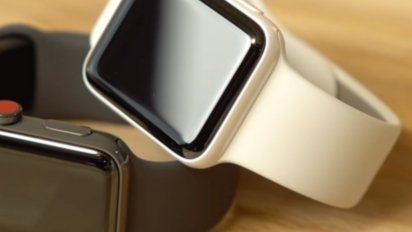
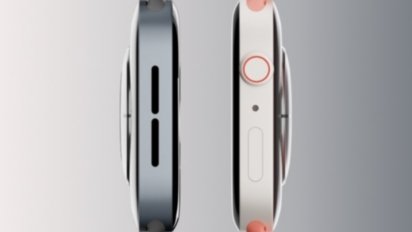
 Malcolm Owen
Malcolm Owen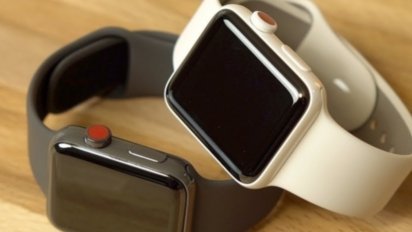
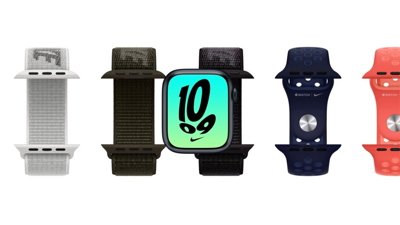
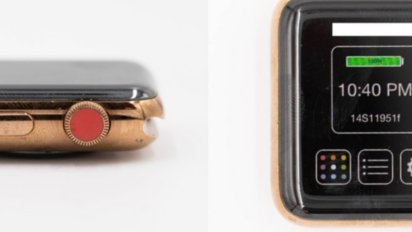
 AppleInsider Staff
AppleInsider Staff